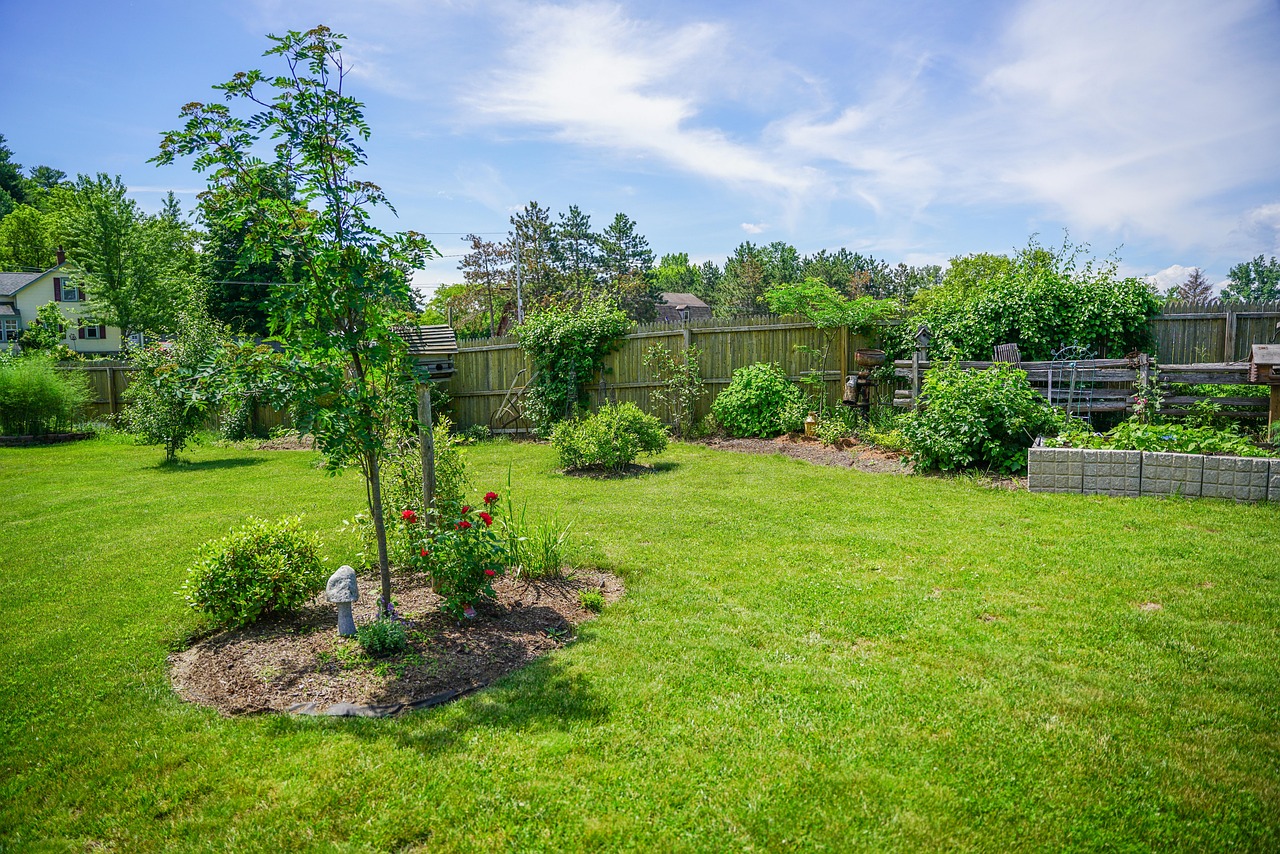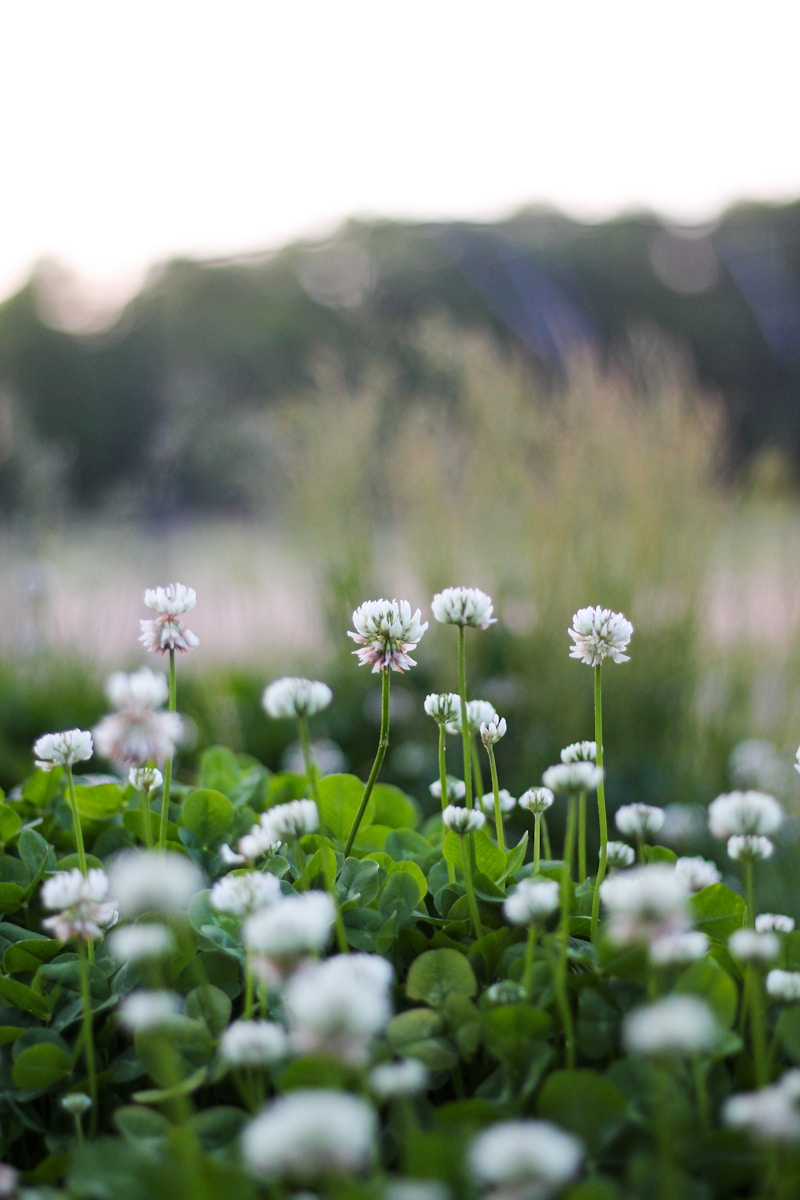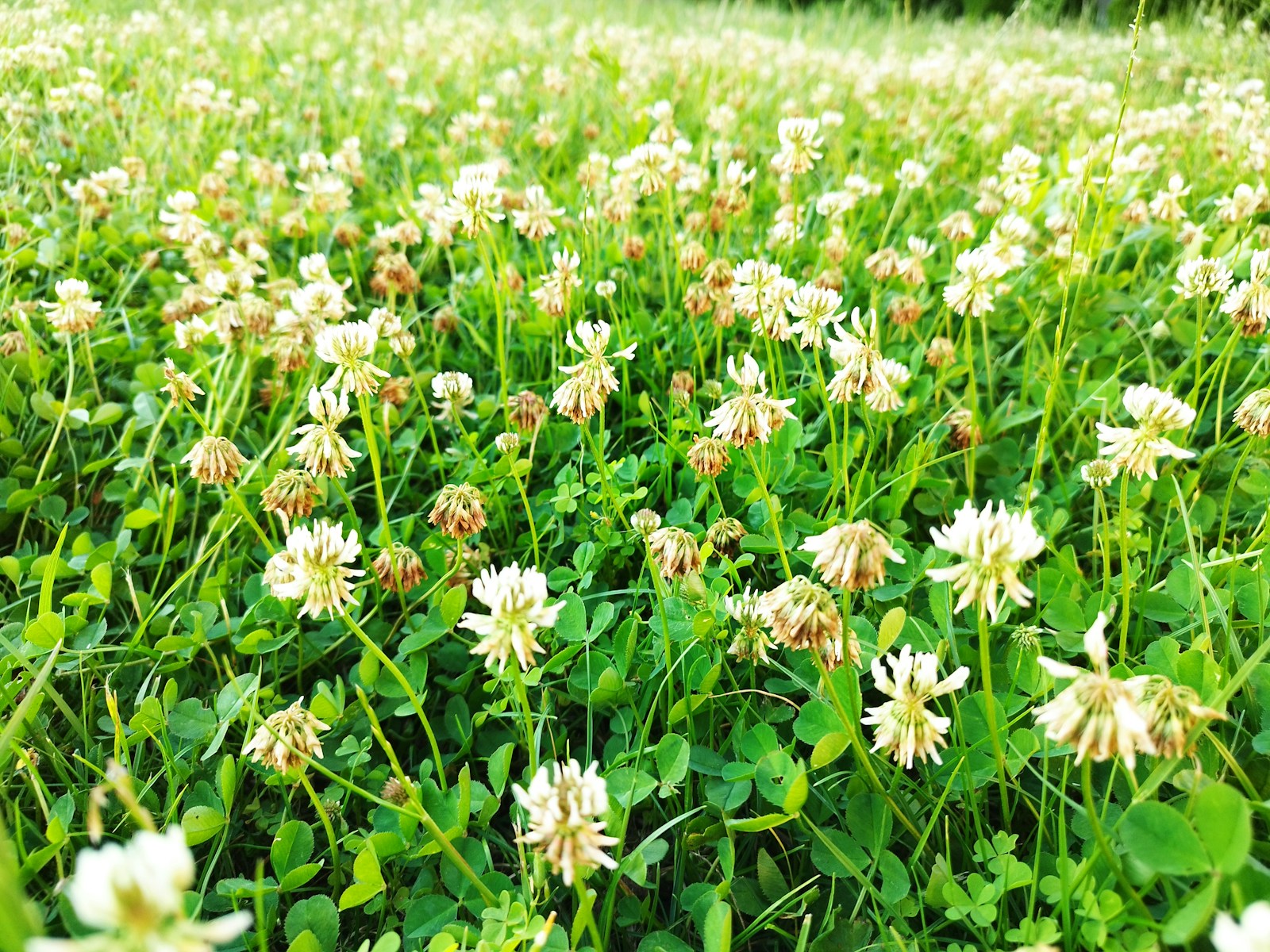If your lawn resembles a patchwork quilt more than a green carpet, overseeding might be the solution. Overseeding is the process of spreading new grass seed over an existing lawn to fill bare spots, improve density, and enhance color. Unlike sodding (which offers instant results but at a higher cost) or aeration (which improves soil health but doesn’t address thin grass), overseeding is a cost-effective, sustainable way to rejuvenate tired turf.
Why Overseed? Benefits Beyond Beauty
- Combat Wear and Tear: High-traffic areas, like your dog’s favorite sprinting path in Austin, TX, thin out grass over time. Overseeding introduces hardy grass varieties, such as turf-type tall fescue, which develop deeper root systems to withstand foot traffic. This not only repairs damaged patches but also prevents future soil compaction.
- Disease and Pest Resistance: Monoculture lawns are vulnerable to pests like chinch bugs or diseases like brown patch. By overseeding with a mix of grass types—such as Kentucky bluegrass paired with perennial ryegrass—you create genetic diversity. This diversity mimics natural ecosystems, making it harder for pests or pathogens to dominate (Penn State Extension).
- Environmental Perks: Thick lawns act as natural sponges, reducing stormwater runoff by up to 50% (EPA). Overseeding also promotes carbon sequestration; a healthy lawn can absorb 300–400 lbs of carbon per acre annually, combating urban heat islands in cities like Phoenix, AZ (University of California Study).
Best Time to Overseed: Timing Is Everything
Cool-season grasses (fescue, ryegrass) thrive when overseeded in early fall, as soil temps (60–75°F) boost germination. Warm days and cool nights create ideal conditions for seedling growth without summer heat stress. Warm-season grasses (Bermuda, Zoysia) prefer late spring, when soil temperatures hit 65–70°F. Pro tip: In Phoenix, AZ, I once overseeded Bermuda grass in March—only to watch summer heat fry the seedlings. Lesson learned: Always align seeding with your region’s last frost date and seasonal rainfall patterns.
Choosing the Right Grass Seed: A Quick Comparison
| Grass Type | Region | Overseeding Time | Key Trait |
|---|---|---|---|
| Tall Fescue | Pacific Northwest | Early Fall | Shade-tolerant |
| Kentucky Bluegrass | Northeast | Late Summer | Cold-hardy |
| Bermuda | Southeast | Late Spring | Drought-resistant |
Step-by-Step Guide to Overseeding Success
- Mow Low: Cut grass to 1.5–2 inches to let seeds reach soil. Shorter grass minimizes competition for sunlight and ensures seeds make direct contact with the soil.
- Dethatch: Remove dead grass layers thicker than 0.5 inches using a rake or dethatcher. Thatch acts like a barrier, blocking seeds from moisture and nutrients.
- Aerate: Rent a core aerator ($75/day) to punch holes in compacted soil. This improves seed-to-soil contact and allows oxygen, water, and fertilizer to penetrate deeper.
- Seed Smart: Use a broadcast spreader for even coverage. Apply 4–6 lbs of seed per 1,000 sq ft—over-seeding can crowd existing grass, while under-seeding leaves gaps.
- Water Wisely: Keep soil consistently moist for 14 days. Water lightly 2–3 times daily to avoid washing seeds away; switch to deeper, less frequent watering once seedlings reach 2 inches.
Common Mistakes (And How to Fix Them)
- Overwatering: Flooding seeds displaces them or encourages fungal growth. Fix this by using a gentle spray nozzle and watering in short, 5–10 minute sessions until seedlings establish.
- Wrong Seed: Planting sun-loving Bermuda grass in shaded Atlanta yards leads to sparse growth. Swap to fine fescue or a shade mix, and test your lawn’s sun exposure with a sunlight meter app.
- Skipping Fertilizer: New grass needs phosphorus for root development. Apply a starter fertilizer (NPK ratio 10-20-10) at seeding, then switch to nitrogen-rich formulas after 6 weeks.
Sustainability Spotlight
Overseeding reduces reliance on chemical herbicides by crowding out weeds like crabgrass and dandelions. A dense lawn leaves little room for invasive species to take root. Pair overseeding with organic fertilizers, such as compost tea or bone meal, to nourish soil microbes. According to the University of California, this approach can cut synthetic fertilizer use by 30% while improving long-term soil health.
Real-Life Wins: Homeowner Case Studies
- Portland, OR: Emily’s moss-invaded yard rebounded after overseeding with shade-tolerant fescue. She dethatched, aerated, and used a peat moss topdressing to retain moisture. Result: 90% coverage in 8 weeks.
- Dallas, TX: Carlos revived drought-stricken Bermuda grass by overseeding with microclover. The clover’s nitrogen-fixing roots reduced his fertilizer needs, and his lawn stayed green through a record-breaking heatwave.
Post-Overseeding Care
- First Mow: Wait until grass reaches 3 inches to avoid uprooting tender seedlings. Use sharp mower blades to prevent tearing, and never remove more than ⅓ of the blade height.
- Weed Control: Avoid herbicides for 6–8 weeks to protect seedlings. Hand-pull weeds or spot-treat with vinegar solutions. For stubborn weeds, apply corn gluten meal—a natural pre-emergent—after the 8-week mark.
Final Thoughts
Overseeding is a budget-friendly, eco-conscious way to achieve a resilient, vibrant lawn. By timing it right, choosing suitable grass, and avoiding common pitfalls, you’ll turn lackluster turf into a neighborhood showstopper. Now, grab that spreader and let those seeds work their magic!



